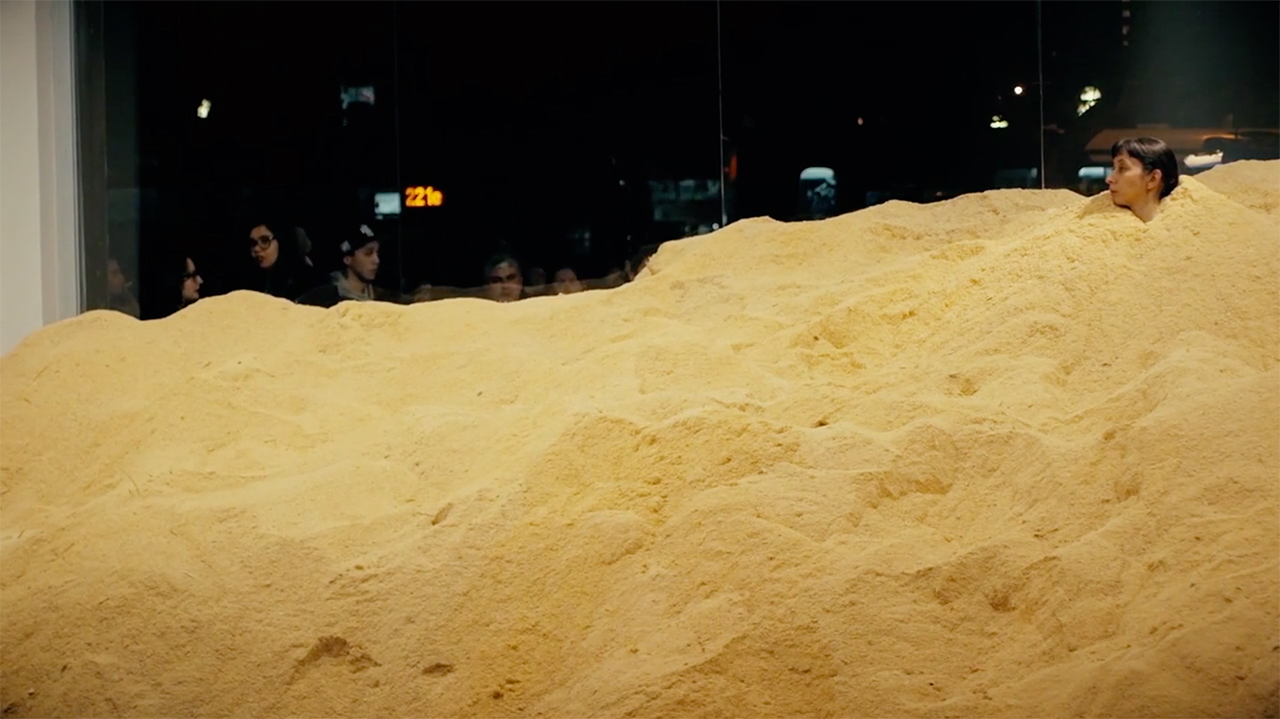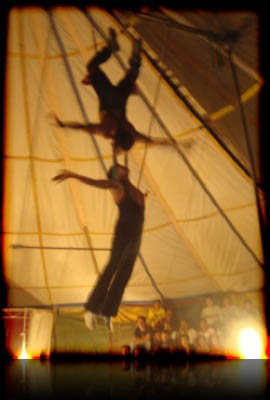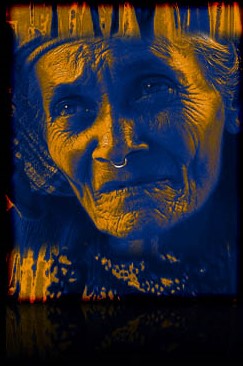Fat Politics Photography: The Stareable Body and “Openings” for Social Justice
DOI:
https://doi.org/10.25071/1913-5874/37390Abstract
In complicating understandings of art’s effects, critical theorists mobilize the notion of “openings” to surface simultaneously the unpredictability and indeterminacy of ethical engagement as well as its possibility. I explore the potential of these ideas and consider their application through Haley Morris-Cafiero’s photography on fatness and disability in her Wait Watchers series. Through problematizing surveillance and staring relations, between the observed Fat woman and her watchers, and interrogating the constitution of the monstrous other, the photography unsettles regimes of normalization in relation to fatness and disability. The images invite recognition for embodied difference as they register the complexity and difficulty of social justice “openings” for anomalous embodiment.
References
Bal, Mieke. A Mieke Bal Reader. Chicago: U of Chicago P, 2006. Print.
Bennett, Jill. Empathic Vision: Affect, Trauma, and Contemporary Art. Stanford: Stanford UP, 2005. Print.
Butler, Judith. Frames of War: When is Life Grievable? London: Verso, 2010. Print.
Butler, Judith. Precarious Life: The Powers of Mourning and Violence. London: Verso, 2006. Print.
Cooper, Charlotte. “Can a Fat Women Call Herself Disabled?” Disability and Society vol. 12, no. 1,(1997): 31-41. Print.
Erevelles, Nirmala. “The Color of Violence: Reflecting on Gender, Race and Disability in Wartime.” In Feminist Disability Studies, edited by Kim Q. Hall. Bloomington and Indianapolis: Indiana UP, 2011. 117-35. Print.
Farrell, Amy Erdman. Fat Shame: Stigma and the Fat Body in American Culture. New York: New York UP, 2011. 82-116. Print.
Garland-Thomson, Rosemarie. Staring: How We Look. New York: Oxford UP, 2009. Print.
Herndon, April. “Disparate but Disabled: Fat Embodiment and Disability Studies.” In Feminist Disability Studies. Ed. Kim Q. Hall. Bloomington and Indianapolis: Indiana UP, 2011. 245-62. Print.
Hladki, Janice. “Disability and Girlhood: The Anomalous Embodiment of the Chubby Girl in Critical Art Practice.” Journal of Literary & Cultural Disability Studies 9.3 (2015): 313-29. Print.
King-White, Ryan, Joshua I. Newman, and Michael D. Giardina. “Articulating Fatness: Obesity and the Scientific Tautologies of Bodily Accumulation in Neoliberal Times.” The Review of Education, Pedagogy, & Cultural Studies 35.2 (2013): 79–102. Print.
Kirkland, Anna. Fat Rights: Dilemmas of Difference and Personhood. New York: New York UP, 2008. Print.
Klinger, Barbara. “The Art Film, Affect and the Female Viewer: The Piano Revisited.” Screen, vol. 47, no. 1, (Spring 2006): 19-41. Print.
Lather, Patti. Getting Lost: Feminist Efforts toward a Double(d) Science.” State U of New York P, 2007. Print.
LeBesco, Kathleen. Revolting Bodies? The Struggle to Redefine Fat Identity. Amherst and Boston: U of Massachusetts P, 2004. Print.
Lezra, Esther. “A Pedagogy of Empathy for a World of Atrocity.” The Review of Education, Pedagogy & Cultural Studies 36. 5 (Nov.-Dec. 2014): 343-71. Print.
Mitchell, David T., and Sharon L. Snyder. The Biopolitics of Disability: Neoliberalism, Ablenationalism, and Peripheral Embodiment. Ann Arbor: U of Michigan P, 2015. Print.
Mitchell, W. J. T. “Seeing Disability.” Public Culture: Society for Transnational Cultural Studies 13.3 (Fall 2001): 391-397. Print.
Morris-Cafiero, Haley. Wait Watchers. 2010-2015. www.haleymorriscafiero.com. Web. 15 April 2016.
Rancière, Jacques. The Emancipated Spectator. Trans. Gregory Elliott. London: Verso, 2011. Print.
Robertson, Kirsty, and J. Keri Cronin. “Imagining Resistance: An Introduction.” In Imagining Resistance: Visual Culture and Activism in Canada. Eds. J. Keri Cronin and Kirsty Robertson.
Waterloo: Wilfrid Laurier UP, 2011. 1-21. Print.
Rossiter, Penelope. “Cultural Studies, Pedagogy, and Response-Ability.” The Review of Education, Pedagogy & Cultural Studies 36. 4 (Sept.-Oct. 2012): 61-70. Print.
Schwlegershausen, Erica. “The Photographer who Captures Fat-Shaming on Camera.” nymag.com. Web. 24 May 2016.
Shildrick, Margrit. Dangerous Discourses of Disability, Subjectivity, and Sexuality. Basingstoke: Palgrave Macmillan, 2009. Print.
Shildrick, Margrit. Embodying the Monster: Encounters with the Vulnerable Self. London: SAGE, 2002. Print.
Siebers, Tobin. “My Withered Limb.” In Points of Contact: Disability, Art, and Culture. Eds. Susan Crutchfield and Marcy Epstein. Ann Arbor: U of Michigan P, 2000. 21-30. Print.
Snider, Stefanie. “Bodily Presence and Absence in Cindy Baker’s Performance Art.” In More Caught in the Act: An Anthology of Performance Art. Eds. Johanna Householder and Tanya Mars. Montréal: Artexte Editions and Toronto: YYZ Books, 2016. 123-131.
Stoneman, Scott. “Obesity, Health Advocacy and the Imaginary Geographies of Illness.” InTensions 2.0 (Spring 2009): 1-20. Web. 9 May 2016.
Titchkosky, Tanya. “Disability Studies: The Old and the New.” In Rethinking Normalcy: A Disability Studies Reader. Eds. Tanya Titchkosky and Rod Michalko. Toronto: Canadian Scholars’ Press, 2009. 38-62. Print.
Titchkosky, Tanya. The Question of Access: Disability, Space, Meaning. Toronto: U of Toronto P, 2011. 49-68. Print.
Tremain, Shelley. “Foucault, Governmentality, and Critical Disability Theory.” In Foucault and the Government of Disability. Ed. Shelley Tremain. Ann Arbor: U of Michigan P, 2005. 1-24. Print.
Wendell, Susan. The Rejected Body: Feminist Philosophical Reflections on Disability. New York: Routledge, 1996. Print.





